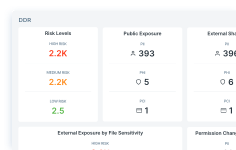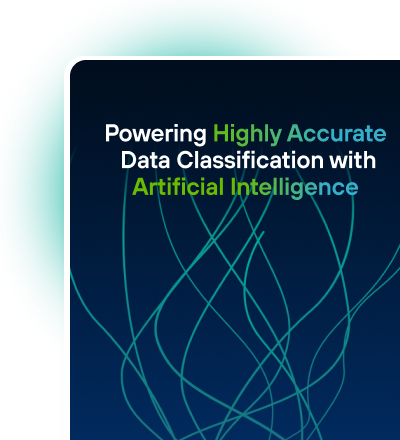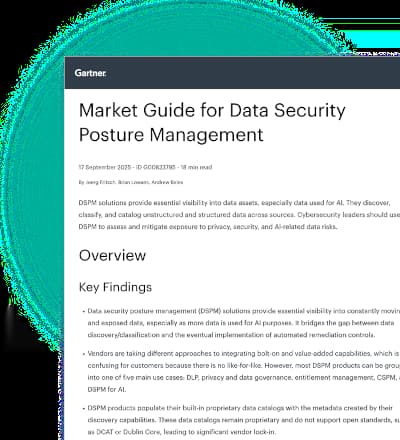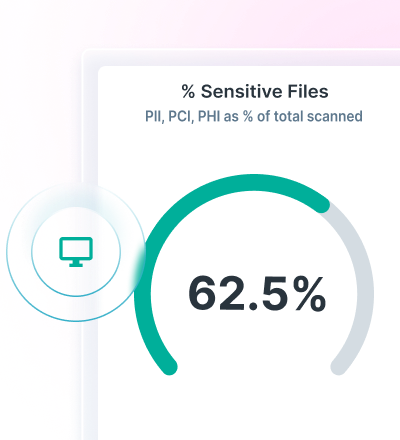What is Data Detection & Response? A Cybersecurity Guide for 2025
0 min read
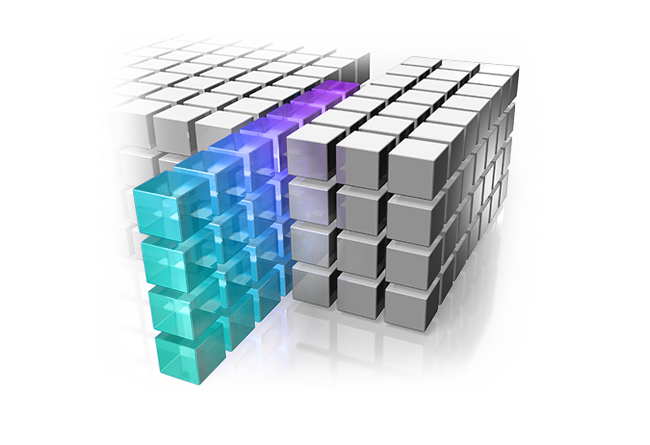
How DDR software works
Data Detection and Response monitors how people access and use your data, then helps with response management when something looks suspicious. Unlike traditional security tools that protect networks or devices, DDR focuses on the data itself. Let's break down exactly how this process works.
What types of data activity does DDR monitor?
DDR tools connect to your cloud environments through APIs to monitor data activity logs from services like AWS S3, Azure Blob, and Microsoft OneDrive.
They track file access, downloads, permission changes, data transfers, and user behavior across all your data repositories.
The system automatically discovers and classifies sensitive information like customer records, financial data, and intellectual property. It then maps how this data moves through your organization to create a complete picture of data flow.
How does DDR detect suspicious data threats?
The system uses machine learning to establish normal patterns for how people access data in your organization.
When someone downloads an unusual amount of sensitive files, changes the file access permissions, such as making it public or sharing with external users, or transfers information to external accounts, DDR flags these activities as potential threats.
It considers context like user roles, data source, data sensitivity, and timing to distinguish between legitimate business activities and actual security risks. This approach helps reduce false alarms while catching real threats.
How does DDR manage security alerts and notifications?
DDR prioritizes alerts based on the sensitivity of the data involved and the severity of the threat. Critical issues like sensitive data being exported to unauthorized locations trigger immediate notifications, while lower-risk activities get logged for review.
The system can integrate with your existing SIEM and SOAR platforms so alerts appear in your security team's normal workflow. This prevents alert fatigue and ensures important threats get proper attention.
How do DDR Systems Handle Responses?
When DDR detects a threat, it helps coordinate your response through alerts and recommended actions.
Some DDR solutions can also automatically block suspicious data transfers, revoke user access, isolate affected systems, or encrypt sensitive files, though automation capabilities vary by platform.
You can typically customize these responses based on your organization's needs and risk tolerance. For example, unusual access might trigger an alert for manual review, while active data theft could automatically stop the transfer and immediately notify your incident response team.
How is DDR typically deployed in organizations?
DDR deploys as a cloud-based platform that connects to your existing infrastructure through APIs without requiring agents or hardware. This makes it easy to set up across multiple cloud environments while maintaining performance.
You can use DDR as a standalone tool or integrate it with broader data security platforms that include data discovery and access management capabilities.
How DDR fits in the data security ecosystem
DDR can work as a standalone solution or integrate seamlessly with your existing security tools to provide specialized data-focused protection. While other security solutions excel at network protection, endpoint monitoring, or data discovery, DDR specializes in continuous data activity monitoring and automated threat response.
Most organizations deploy DDR alongside Data Security Posture Management (DSPM) and Data Loss Prevention (DLP) solutions for comprehensive coverage.
DDR's strength in continuous behavioral monitoring complements DSPM's comprehensive data discovery capabilities and DLP's real-time prevention of data exfiltration, creating a complete data protection strategy that covers discovery, prevention, and active threat response.
DDR in Context: Comparing Data Security Solutions
| Solution Type | Primary Focus | Detection Method | Response Capability | Best For |
| DDR | Data threat detection and response | Near real-time behavioral analysis and data classification | Alerts to act against potential data breaches | Preventing data breaches and insider threats |
| DSPM | Data discovery, classification, data governance, and risk posture management | Periodic scans and assessments | Guided risk mitigation (example: policy recommendations and over-permission alerts) | Understanding data exposure and compliance risks |
| DLP | Preventing unauthorized data exfiltration | Policy-based content inspection | Block, quarantine, and alert actions | Enforcing data protection policies |
| CASB | Securing SaaS apps usage and data | API inspection, inline proxy, and log-based methods | Policy enforcement and access control | Securing SaaS applications and hybrid workforces |
| SIEM | Event correlation | Log aggregation and analysis | Alert generation and incident escalation | Centralized threat detection and compliance monitoring |
| EDR/XDR | Endpoint and multi-vector threat detection | Real-time telemetry from endpoints for behavioral analysis and threat intelligence | Isolation, remediation and forensics | Detecting and responding to endpoint and network threats |
Is a DDR solution right for your organization?
DDR works best for organizations handling sensitive data across multiple cloud environments, especially those in regulated industries like healthcare, finance, or government. Companies with remote workforces, insider threat concerns, or strict compliance requirements typically see the most value.
DDR makes sense when you're protecting high-value data like customer records, financial information, intellectual property, or data subject to GDPR, HIPAA, or PCI-DSS requirements. Small organizations with simple cloud setups and non-sensitive data may find basic security controls sufficient.
Real Life Data Detection and Response Use Cases
Organizations across industries use DDR to prevent data breaches in situations where traditional security tools would miss the threat.
Here are three common scenarios where DDR makes the difference:
- Departing Employee Downloads Customer Database: A sales manager with legitimate access to customer data begins downloading entire client lists and contact databases weeks before announcing their resignation. DDR flags the unusual bulk download activity and blocks further access, preventing the data from being taken to a competitor.
- Compromised Executive Account Accesses Financial Records: Attackers use stolen credentials to access a CFO's account and begin downloading quarterly financial reports and budget documents. DDR detects the abnormal access pattern since the executive typically only views these files during specific reporting periods, automatically revoking access and alerting security teams.
- Third-Party Contractor Exceeds Data Permissions: A marketing contractor begins accessing sensitive customer demographic data beyond what their project requires. DDR identifies the scope creep and unauthorized data access, triggering an immediate review of contractor permissions and preventing potential data misuse.
FAQs
Can DDR work with on-premises data?
DDR provides equal value when used for monitoring cloud or on-premises data.
What should you consider when setting up DDR?
DDR deployment is typically straightforward since most solutions use agentless, API-based connections to your existing cloud infrastructure. The main considerations involve ensuring proper permissions for cloud service monitoring, configuring data classification rules, and integrating with your current security workflows.
Will DDR slow down my systems or data access?
DDR solutions are typically agentless and monitor data through existing cloud audit logs rather than intercepting live data traffic. This approach means DDR monitoring has minimal to no impact on system performance or data access speeds for end users.
What happens if DDR detects a false positive?
DDR systems allow you to customize detection rules and response actions to reduce false positives over time. When false positives occur, you can adjust sensitivity settings, whitelist legitimate activities, or modify automated responses to prevent similar incidents while maintaining protection against real threats.
Forcepoint DDR: Saving You From Costly Data Breaches
Forcepoint DDR delivers continuous threat detection with AI-driven responses powered by the Forcepoint AI Mesh across cloud and endpoint environments. The solution integrates seamlessly with the broader Forcepoint data security platform, combining DDR's real-time monitoring with DSPM capabilities to prevent breaches before they occur.
- Uncover Hidden Data Risk in Minutes
In the Article
- Uncover Hidden Data Risk in MinutesGet Free Data Risk Assessment
X-Labs
Get insight, analysis & news straight to your inbox

To the Point
Cybersecurity
A Podcast covering latest trends and topics in the world of cybersecurity
Listen Now
